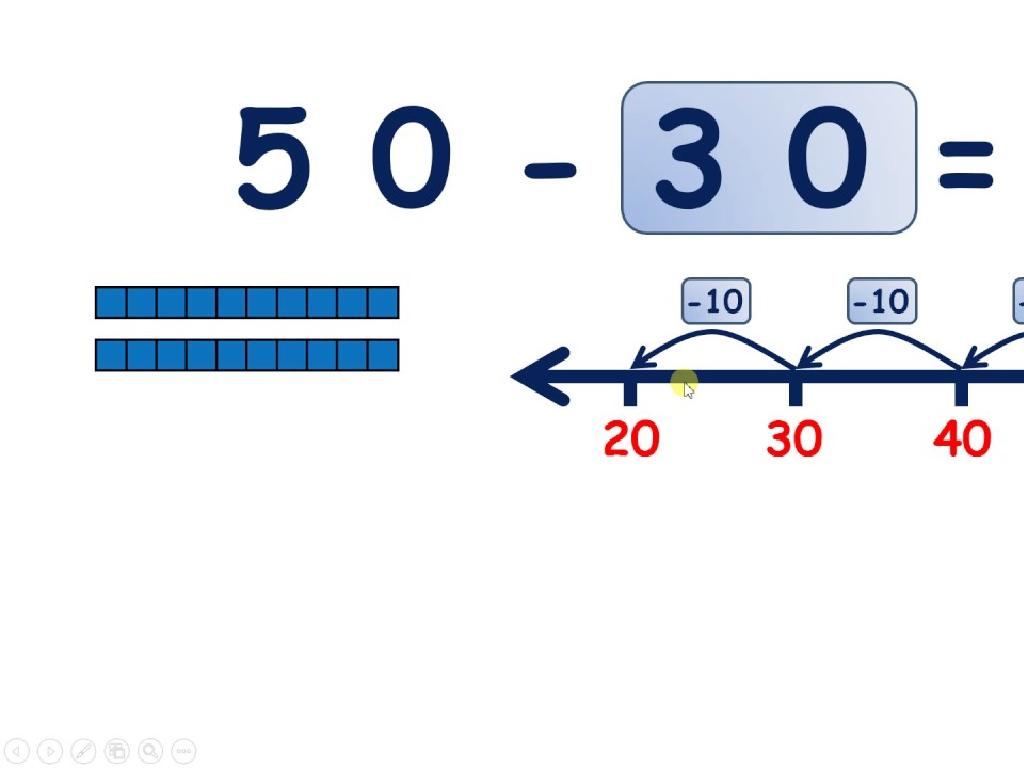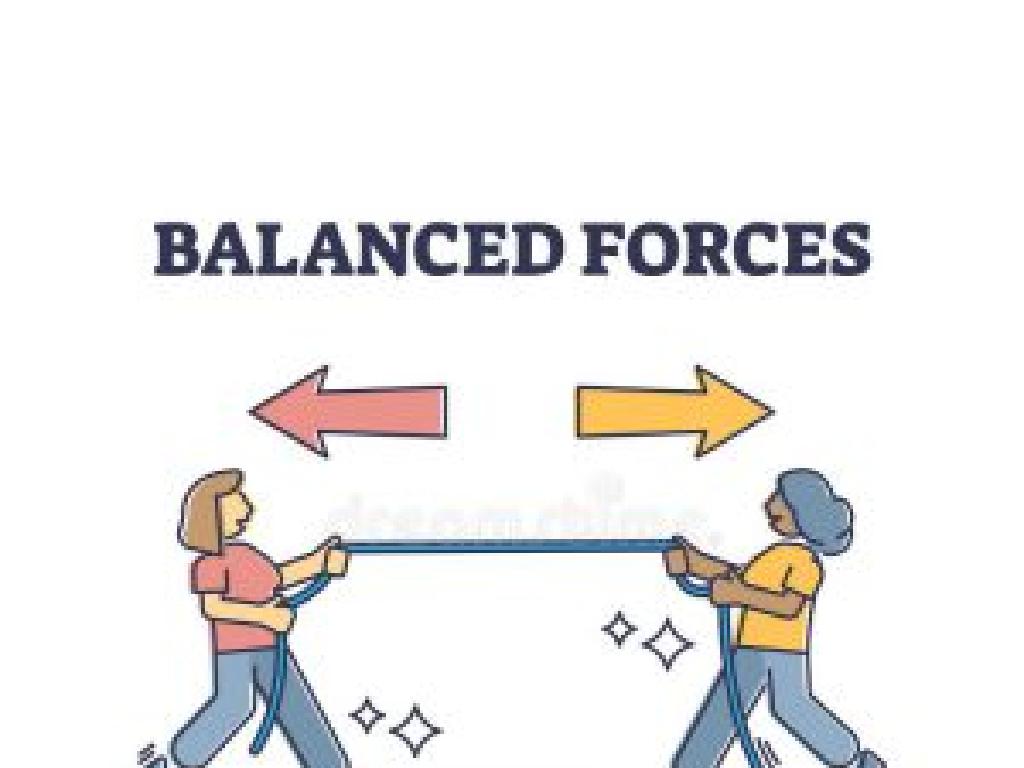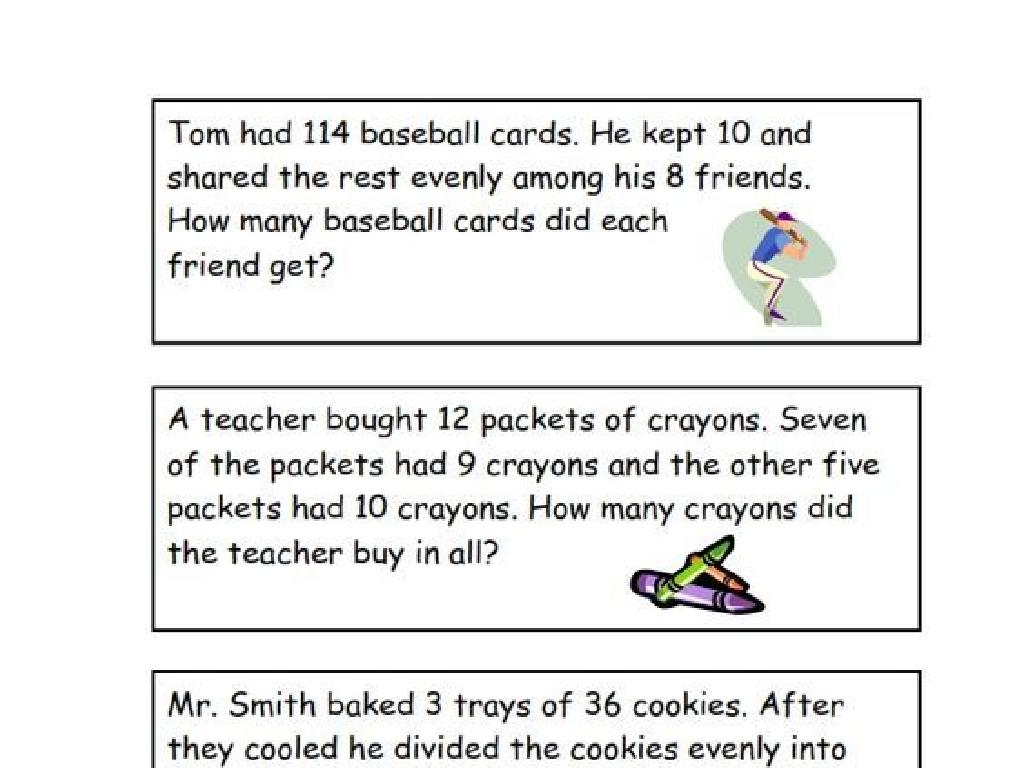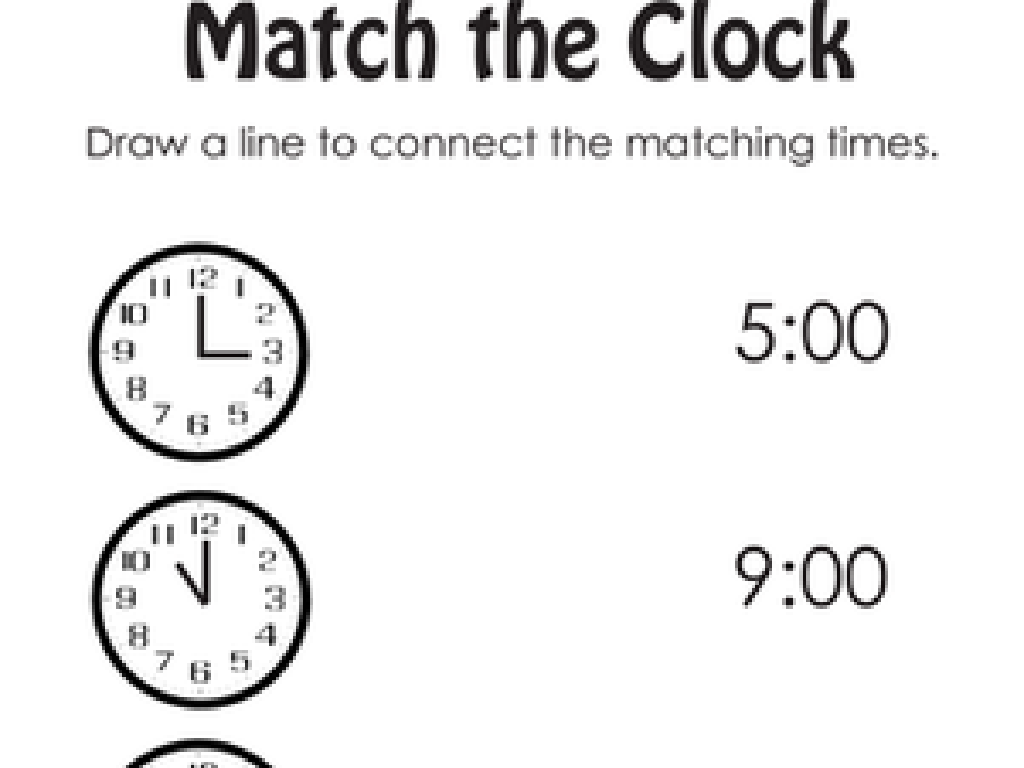Volume Of Cylinders
Subject: Math
Grade: Eighth grade
Topic: Surface Area And Volume
Please LOG IN to download the presentation. Access is available to registered users only.
View More Content
Exploring Volume: Introduction to 3D Shapes
– Understanding 3D shapes
– Objects with length, width, and height
– Defining volume
– Space occupied by an object, measured in cubic units
– Volume in everyday life
– E.g., calculating water in a pipe, fuel in a tank
– Calculating cylinder volume
|
This slide introduces the concept of volume within the context of three-dimensional shapes, emphasizing its relevance in everyday life. Begin by explaining that 3D shapes have length, width, and height, which are the dimensions needed to calculate volume. Define volume as the amount of space an object occupies, and it’s measured in cubic units. Provide relatable examples such as the volume of water a pipe can hold or the amount of fuel in a tank to illustrate the concept’s practical applications. Conclude by introducing the formula for the volume of a cylinder (V = Àr²h) as a lead into how to calculate the volume of cylindrical objects, which will be covered in the following slides.
Recap: Circles and Cylinders
– Review circle properties
– Recall radius, diameter, and circumference.
– Introduction to cylinders
– Cylinders have two circle bases and a curved surface.
– Connect circles to cylinders
– Cylinder’s bases are circles; height extends between them.
– Explore cylinder volume
|
Begin the lesson by reviewing the key properties of a circle, including the radius, diameter, and circumference, to ensure students have a solid foundation. Then, introduce the concept of a cylinder, highlighting its two circular bases and the curved surface connecting them. Explain how the properties of circles are directly related to understanding cylinders, as the bases of a cylinder are circles. Finally, guide students to understand how to calculate the volume of a cylinder using the formula V = Àr^2h, where r is the radius of the base circle and h is the height of the cylinder. Provide examples and encourage students to visualize the relationship between the circle base area and the cylinder’s volume.
Understanding the Volume of Cylinders
– Volume formula for cylinders
– V = Àr²h, where V is volume, r is radius, and h is height
– Dissecting the formula components
– À represents a constant (approx. 3.14159), r² is the radius squared, and h is the height of the cylinder
– Measuring volume units
– Volume is measured in cubic units, e.g., cubic centimeters (cm³)
– Practical applications of volume
|
This slide introduces the fundamental concept of calculating the volume of cylinders, an essential part of geometry in the eighth-grade curriculum. Start by explaining the volume formula V = Àr²h, where ‘V’ stands for volume, ‘r’ for the radius of the cylinder’s base, and ‘h’ for its height. Emphasize the use of À (pi) as a mathematical constant and ensure students are comfortable squaring the radius. Discuss the importance of using the correct units for volume, typically cubic units, and how this applies to real-world problems, such as determining the amount of liquid a cylindrical container can hold. Provide examples to illustrate practical applications, such as calculating the volume of a can or a water tank.
Calculating the Volume of Cylinders
– Example 1: Volume from dimensions
– Given radius 5cm, height 10cm, find volume
– Example 2: Height from known volume
– Given volume 314cm³, radius 5cm, find height
– Practice: Calculate cylinder volume
– Find the volume with radius 7cm, height 12cm
|
This slide is aimed at teaching students how to calculate the volume of cylinders. Start with Example 1 by demonstrating how to use the formula V = Àr²h, where V is volume, r is radius, and h is height, using the given dimensions. For Example 2, show students how to rearrange the formula to solve for the height when the volume is known. Provide a practice problem for students to apply what they’ve learned. Ensure to walk through each step, emphasizing the importance of understanding the formula and how to manipulate it for different unknowns. Encourage students to show their work for each step to build their problem-solving skills.
Real-World Applications of Cylinder Volume
– Volume in engineering design
– Used to determine material quantity for structures
– Everyday cylindrical objects
– Cans, pipes, and drums are common examples
– Volume’s role in capacity
– More volume means more space inside
– Practical volume calculations
|
This slide aims to connect the mathematical concept of the volume of cylinders with its practical applications in the real world. Emphasize how engineers use volume calculations in designing various structures and objects, ensuring the right amount of materials are used. Highlight everyday items that are cylindrical, such as cans and pipes, to make the concept relatable. Discuss how the volume directly affects the capacity of these objects, meaning how much they can hold. Encourage students to think of other cylindrical objects and consider how their volume plays a crucial role in their functionality. Provide examples of how to calculate the volume of cylinders in practical scenarios, such as determining the amount of liquid a container can hold.
Class Activity: Volume Exploration
– Measure cylindrical objects
– Calculate the volume
Use formula V = Àr^2h where V is volume, r is radius, and h is height
– Record your findings
– Discuss results with the class
|
This interactive class activity is designed to help students understand the concept of volume as it applies to cylinders. Provide a variety of cylindrical objects for students to measure, such as cans, jars, and tubes. Students should use measuring tapes to find the radius and height of each object, then use calculators to apply the formula for the volume of a cylinder (V = Àr^2h). Have them record their measurements and calculated volumes. After the activity, students will group up to share their results and discuss any discrepancies or observations. This will reinforce their understanding of the formula and its real-world application. Possible activities for different students could include comparing volumes of similar objects, finding objects with the same volume but different dimensions, or even estimating volume before measuring.
Volume of Cylinders: Review and Q&A
– Recap cylinder volume formula
V = Àr²h, where V is volume, r is radius, and h is height.
– Discuss real-world applications
Examples: calculating water in a pipe, fuel in a tank.
– Address student questions
– Clarify common confusions
E.g., difference between radius and diameter; units of volume.
|
This slide is aimed at reinforcing the students’ understanding of the volume of cylinders by reviewing the formula and its applications. Start by recapping the formula for the volume of a cylinder and ask students to write it down. Then, discuss how this formula is used in real-world scenarios, such as plumbing or automotive industries. Open the floor for students to ask any questions they have, encouraging participation. Pay attention to the types of questions asked to identify any common misunderstandings, such as confusing radius with diameter or struggling with the concept of volume units. Address these directly with examples or further explanation. The goal is to ensure that all students leave the class with a clear understanding of how to calculate the volume of cylinders and how it applies to real-world objects.
Homework: Mastering Cylinder Volume
– Complete the Volume Worksheet
– Show all steps for each problem
– Include formulas used and calculations
– Full credit requires detailed work
– Explain your reasoning for each step
– Submit by the next Math class
|
This homework assignment is designed to reinforce the students’ understanding of calculating the volume of cylinders, an important concept in geometry. Ensure that students are aware that they need to show their work for each problem to receive full credit. This includes writing down the formula for the volume of a cylinder (V = Àr^2h), showing all calculations, and explaining the steps taken to arrive at the answer. The worksheet should provide a variety of problems to challenge different skill levels. Remind students of the due date and encourage them to ask questions during the next class if they encounter difficulties with the homework.






